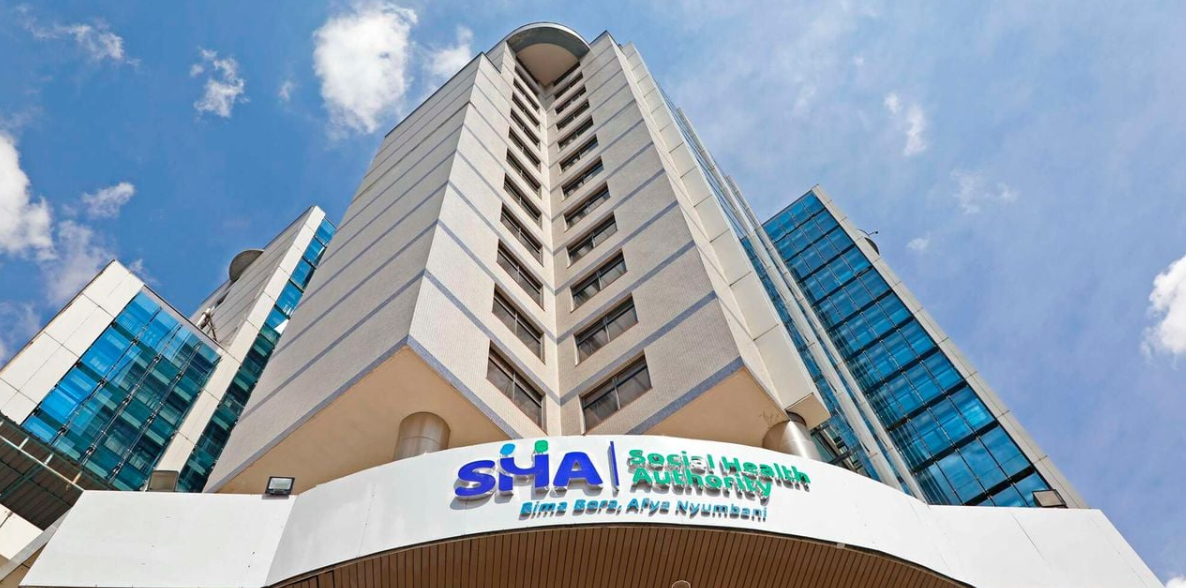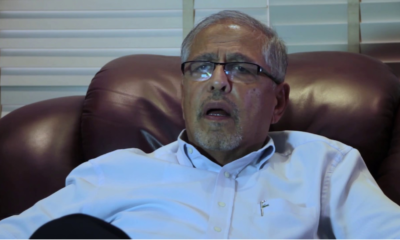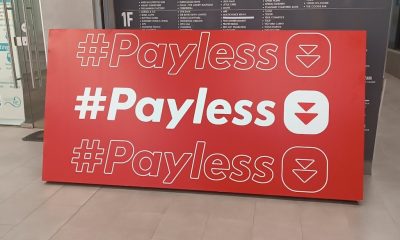News
Kenya Facing Health Crisis As Govt’s Move To Scrap SHA Monthly Payments Risks Locking Millions Out
Initially, the government had allowed monthly contributions equivalent to 2.75 percent of one’s income to ease the burden on informal sector workers.

Kenya is staring at a looming health crisis as the Social Health Authority (SHA) has quietly withdrawn the monthly payment option for non-salaried workers, effectively locking millions of Kenyans out of the country’s flagship health insurance scheme.
The move has sparked widespread outrage among informal sector workers, who constitute about 80 percent of Kenya’s population, as they struggle to afford the mandatory annual premiums that can reach up to Sh15,000 per person.
The policy reversal comes as a bitter blow to Kenyans who had been assured by President William Ruto that the new health scheme would allow flexible payments through the “SHA lipa pole pole” initiative, where citizens could pay in installments.
“I have been trying to pay SHIF for this month unsuccessfully. The payment portal dictates I pay annually,” lamented Kariuki Chege, a frustrated contributor who had been making monthly payments since January. “I have been paying monthly premiums, but now I might be forced to default contribution because I cannot raise the Sh15,000 annual premiums.”
Initially, the government had allowed monthly contributions equivalent to 2.75 percent of one’s income to ease the burden on informal sector workers. However, this lifeline has been abruptly withdrawn, leaving many unable to maintain their health coverage.
Adding to the confusion, the much-touted “lipa pole pole” portal—designed to help Kenyans pay their annual premiums through the Hustler Fund—has been non-operational, according to insider sources at SHA.
“Yes, the financing option is there. But unfortunately, the portal has not been operational. This issue has been escalated because many individuals are complaining,” revealed an SHA source involved in public sensitization, speaking on condition of anonymity.
The irony is stark: while the government promotes taking loans from the Hustler Fund to pay health premiums, many Kenyans have loan limits as low as Sh500—far below the Sh10,400 minimum annual premium required.
The policy change has had devastating effects on scheme participation. Current data shows only 437,000 households in the informal sector are up-to-date with their contributions—a significant drop from the 700,000 who were contributing under the now-defunct National Hospital Insurance Fund (NHIF).
Of the 23.6 million Kenyans registered for SHA, only 3.8 million are actively making contributions—3.4 million from the formal sector and a mere 400,000 from the informal sector.
SHA Chief Executive Officer Dr. Mercy Mwangangi defended the annual payment requirement, citing insurance principles and the need to prevent “adverse selection” that could deplete the insurance pool.
“A key constraint in managing insurance schemes is adverse selection. In adverse selection, an insurance pool is depleted by a lack of predictable, regular, and consistent premiums,” she explained.
However, her assurance that “SHA Lipa pole pole is now available to facilitate the annual premiums” rings hollow given the documented portal failures and the impracticality of the loan-based solution.
The crisis exposes a glaring disconnect between political rhetoric and ground reality. While Health Cabinet Secretary Adan Duale maintains that “SHA is working” and boasts of 23.6 million registrations, the actual contribution numbers tell a different story.
“We want to cover 100 percent of the Kenyan population. NHIF was only covering salaried people, who were only 20 percent of the population,” Duale said during a recent visit to Garissa, seemingly oblivious to the payment crisis affecting millions.
Beyond the statistics lies real human suffering. Social media platforms are filled with desperate pleas from Kenyans who find themselves locked out of healthcare coverage despite previous contributions.
“Many of us may not know how messy this SHA annual contribution thing is until we desperately need it. I felt the pain of a family last night. The desperation was heartbreaking,” posted Collins Bett on X, pleading with the Health Cabinet Secretary to intervene.
The SHA payment crisis represents a fundamental failure in Kenya’s ambitious Universal Health Coverage agenda. By forcing annual payments on a population that largely lives hand-to-mouth, the government risks creating a two-tier system where healthcare access depends on one’s ability to pay large lump sums upfront.
As the government pushes for 100 percent registration while simultaneously making the scheme less accessible to the majority of Kenyans, the promise of universal healthcare appears increasingly hollow. Without urgent intervention to restore flexible payment options and fix the broken “lipa pole pole” system, Kenya’s health insurance scheme risks becoming yet another well-intentioned policy that fails the very people it was designed to serve.
The question now is whether the government will listen to the growing outcry and restore the monthly payment option, or continue down a path that could leave millions of Kenyans without health coverage when they need it most.
Kenya Insights allows guest blogging, if you want to be published on Kenya’s most authoritative and accurate blog, have an expose, news TIPS, story angles, human interest stories, drop us an email on [email protected] or via Telegram
-

 News4 days ago
News4 days agoTemporary Reprieve As Mohamed Jaffer Wins Mombasa Land Compensation Despite Losing LPG Monopoly and Bitter Fallout With Johos
-

 Business2 weeks ago
Business2 weeks agoPanic As Payless Africa Freezes With Billions of Customers Cash After Costly Jambopay Blunder
-

 Investigations4 days ago
Investigations4 days agoFrom Daily Bribes to Billions Frozen: The Jambopay Empire Crumbles as CEO Danson Muchemi’s Scandal-Plagued Past Catches Up
-

 Sports3 days ago
Sports3 days ago1Win Games 2025: Ultimate Overview of Popular Casino, Sports & Live Games
-

 Investigations1 week ago
Investigations1 week agoHow SportPesa Outfoxed Paul Ndung’u Of His Stakes With A Wrong Address Letter
-

 News2 weeks ago
News2 weeks agoSCANDAL: Cocoa Luxury Resort Manager Returns to Post After Alleged Sh28 Million Bribe Clears Sexual Harassment and Racism Claims
-

 Business4 days ago
Business4 days agoHass Petroleum Empire Faces Collapse as Court Greenlights KSh 1.2 Billion Property Auction
-

 Investigations1 week ago
Investigations1 week agoInside the Deadly CBD Chase That Left Two Suspects Down After Targeting Equity Bank Customer Amid Insider Leak Fears




















